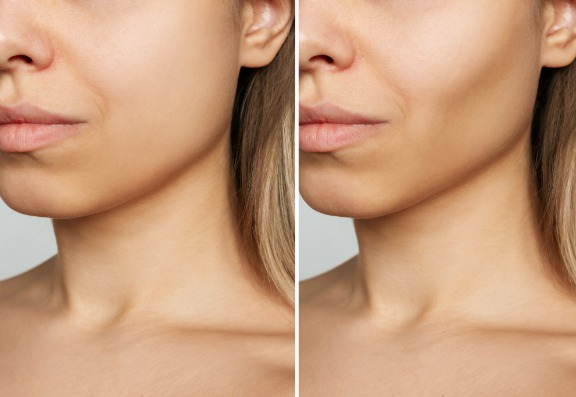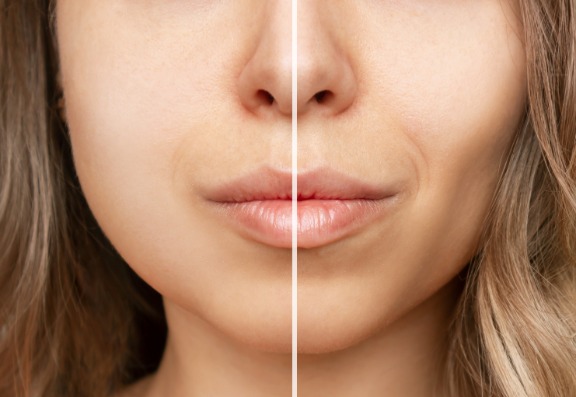What Happens During the Procedure?

What Is Buccal Fat Removal?

How Effective is Buccal Fat Removal treatment

Author: Danielle Lowe
Danielle Lowe is the Marketing Manager for Consulting Room, the UK’s largest aesthetic information website.
Consulting Room has a unique profile and portfolio of services focused entirely on the UK non-surgical and surgical cosmetic market.
Danielle Lowe, BA (Hons), brings her expertise as the Consumer-Facing Marketing Manager at ConsultingRoom.com, the leading aesthetic information website in the UK.
With an unparalleled focus on the UK non-surgical and surgical cosmetic market, Consulting Room boasts a distinctive profile and a comprehensive range of services.
Danielle leverages her in-depth understanding of digital media and PR to craft tailored marketing strategies for clinics and suppliers, ensuring the right message reaches the intended audience.
Her multifaceted marketing role encompasses social media strategy, B2C and B2B online marketing, digital multimedia production, blogging, keyword selection, website content management, SEO, analytics, and the development and execution of digital and print advertising. In addition, Danielle actively promotes the numerous events, conferences, and services organised by Consulting Room.
Danielle Lowe's expertise drives the success of ConsultingRoom.com, enabling clinics and suppliers to thrive in the ever-evolving aesthetic industry.
To view more blogs by Danielle Lowe please click here.
